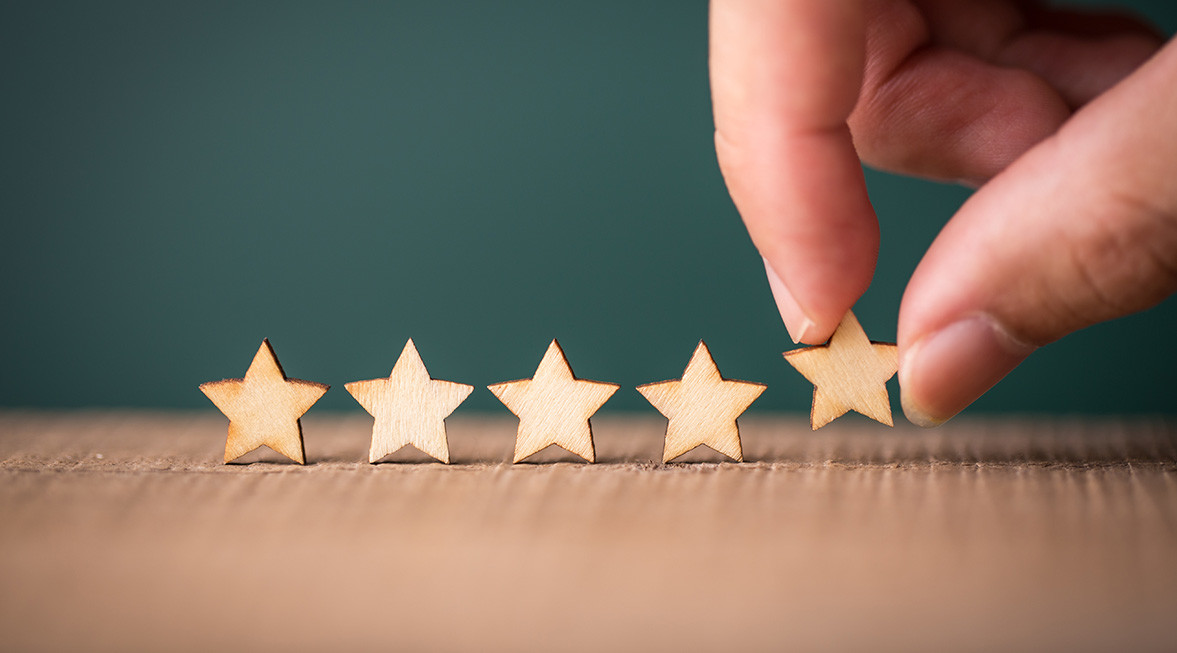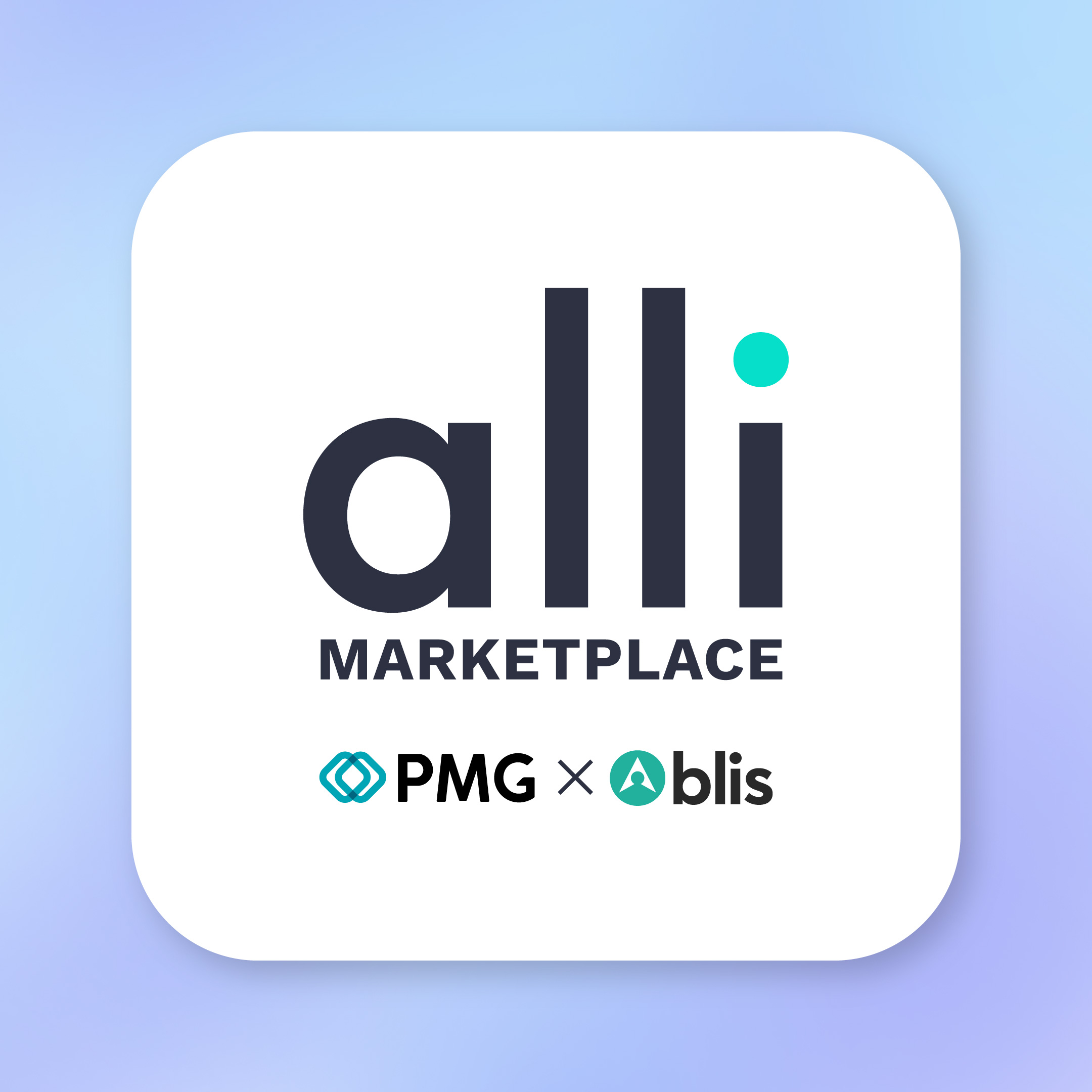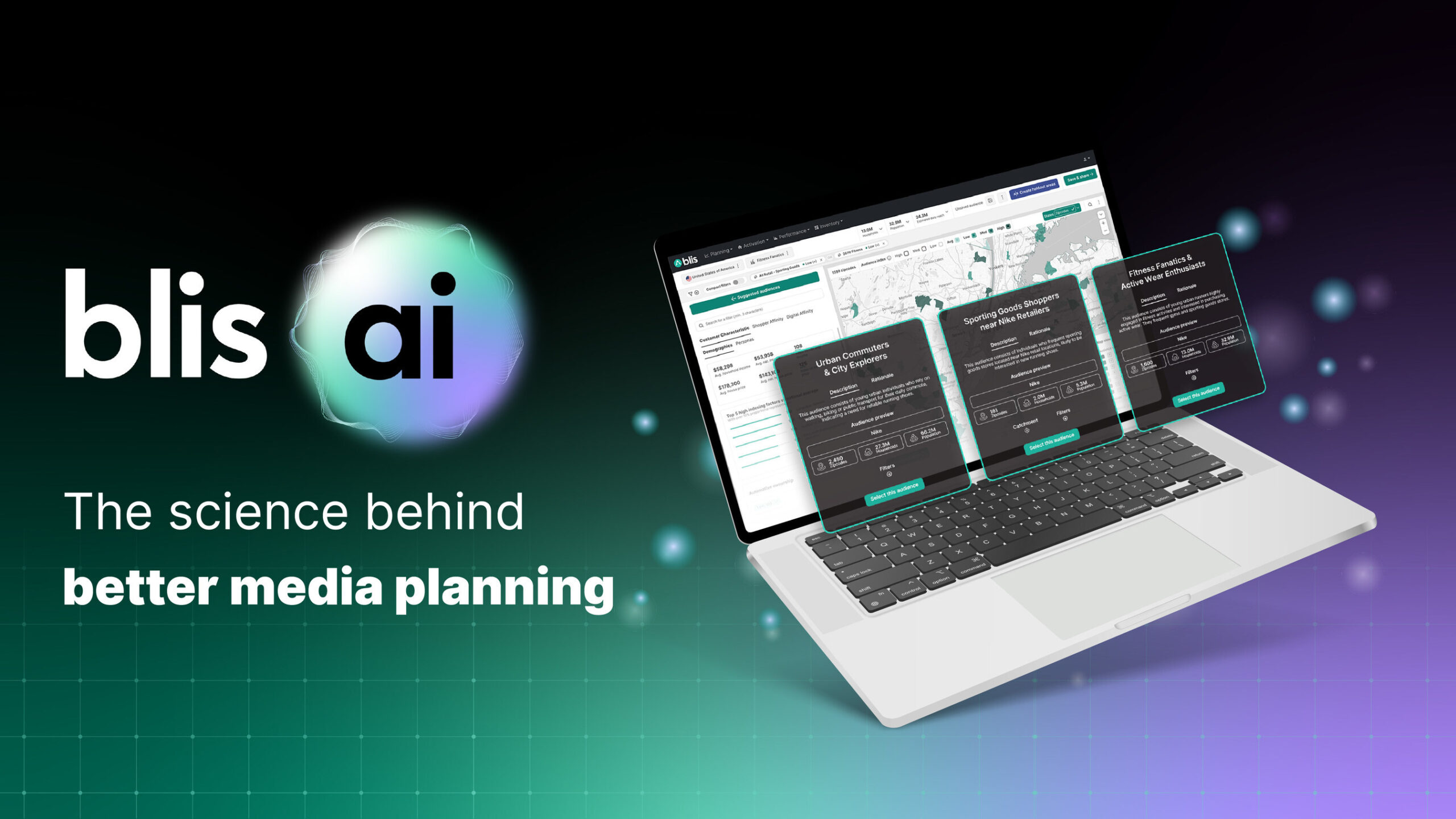Consumers today have higher expectations from the brands that they choose to engage with. They don’t just want great products and services; they want a relationship. They expect brands to recognize who they are and intuitively know what they want.
For years now, brands have tried to keep up with customer expectations. Marketers have been instructed to put the customer first, to be “customer-centric.” Technology platform after technology platform has promised a “360-degree view” of audiences so that brands could understand everything about their customers and deliver on that “right message, right customer, right moment” promise – but even now, understanding and satisfying the 21st century consumer continues to be a challenge. Only 33 percent of retailers feel like they have clear visibility into their customers’ experience in 2019.
That challenge becomes even more significant as customer experience becomes the battleground on which market share is won and lost. Gartner reports that 81 percent of marketers expect to compete solely on the basis of customer experience. At the same time, 40 percent of executives note that their organization’s efforts to personalize experiences have directly impacted their bottom line, particularly in direct sales. Yet, while marketers understand the importance of personalization, achieving it effectively remains a struggle for many.
While it’s not necessarily a silver bullet, location data can certainly help deliver the personalized experience people want (and are growing to expect) from brands. As we often say at Blis, where you go reveals a lot about who you are. The real-world intelligence we can derive from location data can help marketers gain a much deeper understanding of who their customers are, what drives them, and what they expect.
There are brands who understand this and use location-driven insights to their advantage. QSRs like Burger King and Shake Shack have innovated to create novel, personalized experiences that customers love. Shake Shack was one of the early QSRs to offer fast pickup at nearby locations for guests who placed orders on the app – a huge benefit for fans of the insanely popular burger chain. It gave guests the option to pay online, then pick up at the location and time of their choosing.
Shake Shack has since learned that its app users are its best customers, so an updated version of the app allows for greater personalization. The updated app features strategic, personalized messaging based on where each customer is in their life cycle, offering app-exclusive menu options, local offers, and other special perks.
Burger King has radically innovated to meet the needs of its hungriest customers: those stuck in hours of traffic commuting to and from Mexico City. Drivers in the most congested area of North America can spend up to five hours a day in traffic, and the burger chain recognized an opportunity to feed these unfortunate commuters. If a driver is stuck within 1.8 miles of a Burger King location – and they’ll clearly be stuck for more than 30 minutes – they will receive a push notification alerting them that they’re within the delivery zone. The driver is then prompted to place their order via hands-free voice commands. Dynamic billboards along the route display individual delivery times to hungry, waiting drivers, as well as the amount of time remaining in traffic drivers have to place their orders. The Traffic Jam Whopper is then delivered to the car via motorcycle.
It may sound like a wacky plan, but the fact is, the Traffic Jam Whopper increased deliveries by 63 percent in participating restaurants within its first week. The incredibly successful program, which has made the Burger King app the most popular food-service app in Mexico, relies on highly accurate and precise location data for its success. The combination of technology, media and personalization is among the most innovative we’ve ever seen – and none of it could happen without accurate location data.
While all of this is impressive, there’s so much more location data can do. When you consider how accurate and precise data must be in order for a motorcycle to deliver to a burger to a single car in a huge, moving traffic jam, you can begin to understand the scope of what we can learn from location data. If marketers can see the patterns consumers take throughout their day – going to their jobs via bus, train or car; stopping for coffee in the morning or a drink after hours; going to the gym at lunchtime; shopping at a big box store on Sunday mornings – they can understand more about what their customers want and need. The solutions brands offer don’t have to be as far-out as outfitting motorbikes with hot-food delivery baskets, either. If the patterns indicate that a segment of a restaurant’s audience are working mothers on tight budgets, imagine how welcome an offer for a specially-priced family meal would be – especially if it surfaces on a mobile just before she leaves work on a rainy Friday. And even better if she can order it from her phone and have it ready and waiting at the drive-through on the way home.
Location data offers real-world intelligence into how people live their lives, giving marketers the opportunity to help them ease their way through an increasingly complex world. With all we can learn about consumers from where they go and what they do, we can find moments that can be made more convenient for them throughout their day. Location data can provide so much of the information marketers need to discover that 360-degree customer view, and use it to provide the personalized, helpful experiences customers truly want.



